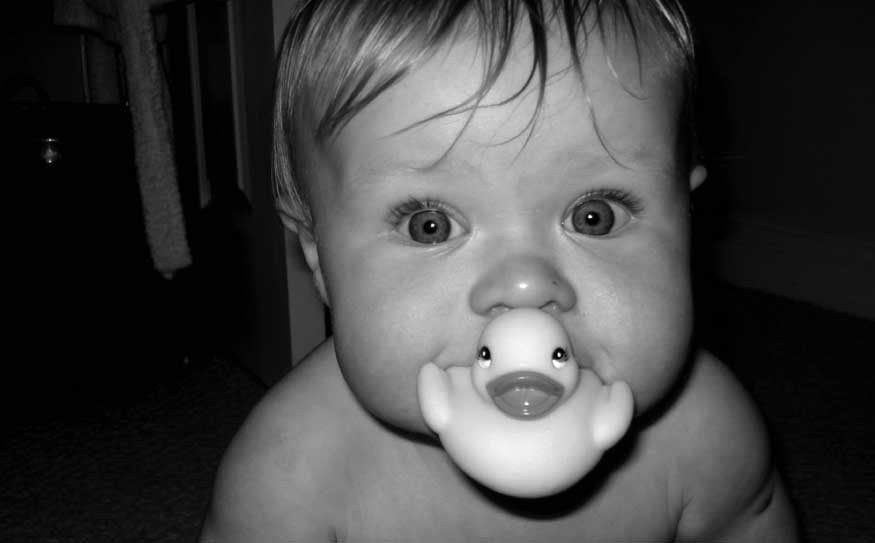The fireside chat was cosy but the subject was deadly serious.
The hazards posed by chemicals and pollutants in everyday life are hurting all of us, said author Bruce Lourie in a mini-townhall discussion at the Whistler Museum on Thursday (Feb. 23).
Lourie answered questions about a long list of impossibly pronounced compounds found in ordinary products, things that have created a toxic soup for the environment — and people.
Lourie co-wrote Slow Death by Rubber Duck: How the Toxic Chemistry of Everyday Life Affects Our Health with biologist Rick Smith, the executive director of Environmental Defence, and has been researching and writing about the topic for 20 years.
"It's always just bothered me how companies get away with putting things that are poisonous in products, selling them, and they don't have to tell people and the government doesn't regulate it," he said.
Currently, there are 80,000 synthetic chemicals in use in food, furniture, construction materials, cleaning products and more, and just five per cent have been tested on humans.
Lourie said the unknown impact of this cornucopia of chemistry is alarming — with illnesses ranging from cancers to ADHD to dementia being blamed on their use.
It was important to note, he added, that pharmaceutical companies were more heavily monitored than companies that used chemicals in household products.
Lourie and Smith decided to find out what pollutants were inside volunteers with a battery of health tests in 2006, with well-known Canadians, including the late NDP leader Jack Layton and Conservative MPs Tony Clement and Rona Ambrose, agreeing to take part. Ontario premier Dalton McGuinty was found to have bisphenol A concentration levels that could potentially affect his health.
Eventually, the authors tested themselves, dosing themselves with chemicals by eating certain foods and using familiar chemical-laden products. The results were put into Slow Death by Rubber Duck, published in 2009.
Previous lobbying led to the 2008 banning of bisphenol A, a chemical that mimics estrogen, from baby bottles; a current target is phthalates, which softens plastics in children's toys, as well as chemicals found in cosmetics.
"We realized in doing the book that women seem to be interested in these issues more than men: not just in cosmetics, but toxic issues, health issues."
The talk was facilitated by Joanna Runciman, the owner of Actual Organics in Whistler. She said she became interested in the labels of products after years of living with bad acne; she changed what she used and today her skin is clear.
"I became a label detective. I wear mascara, I wear lipstick. It's about being mindful of the ingredients," she said.
She said chemicals that had been banned from products in Europe could be found in use in Canada. This meant greater onus was on consumers to educate themselves.
Louirie said apart from reading labels, people could do five things to lessen the impacts of toxins in their lives:
• Eat organic foods to avoid pesticides, particularly fruits and vegetables with skins that are eaten rather than peeled, like strawberries and peppers;
• Avoid mercury; pregnant women especially should avoid tuna;
• Avoid non-stick bases in cooking pots and other products, including shaving foam;
• Replace any products with thalates, this includes "fragrance" products like lotions, shampoos, and home freshener products;
• Never heat anything in plastic, as it releases bisphenol A; glass is a good substitute.
Proceeds raised from Lourie's talk went to the Just Beautiful Campaign run by Environmental Defence to make Canadians aware of the toxic contents in skin care products. For more information on the Toxic Ten chemicals in cosmetics, check out www.justbeautiful.ca.




